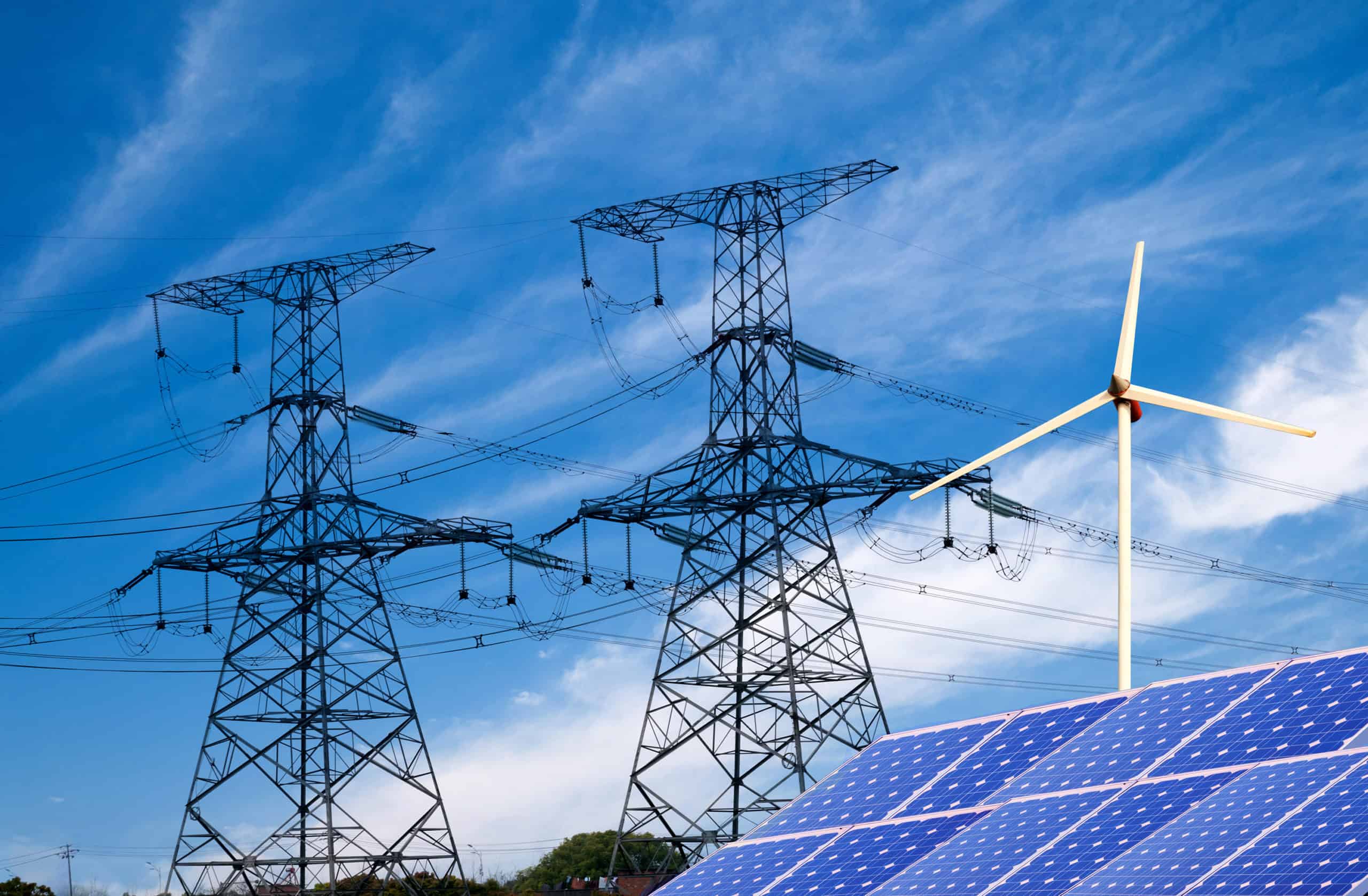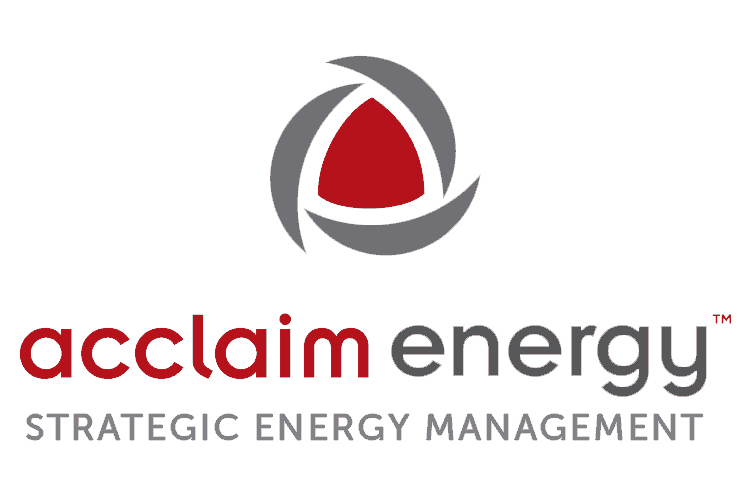Apply Best Practices to Improve Energy Consumption and Savings

The introduction of the electric light was introduced when Edison Electric of New York brought electric lights to Manhattan in 1882. Fast forward fifty years to 1925 and approximately half of U.S. homes had electric power. Fast forward a little less than a hundred years to today and most of the world is electrified, counting on stable, efficient supplies of electricity to keep home appliances and commercial motors, and all other electro-technologies operating.
Today, the need for stable, reliable, and affordable power is vital to economies as well as our personal comfort. As a result, we continue to modernize our electrical systems to harness the power of electricity for the advancement of industries, the planet, and society.
While many things have changed when it comes to technology, the basics of how electricity operates has remained unchanged. The equipment still requires a wire connection that electrons must travel through to power your equipment. However, there are new tools and technology that can help improve efficiency and reduce the use of fossil fuels, which makes decision-making more complex and important to those producing and using large sums of electricity.
As for electricity consumption, it’s imperative that everyone understands the basics of energy as well as lean on knowledgeable industry professionals that are willing to elevate a company or leader’s Energy IQ when it comes to how to secure, use, and manage energy into the future.
This article focuses on electricity consumption in ERCOT, including the complexities that typical decision makers are having to understand key elements that consumers are forced to deal with. These elements are considered the four-headed monster and they include energy procurement, energy delivery, energy efficiency, and optimized consumption.
Energy procurement at its surface may seem simple. The lower the price the better the deal, right? Not necessarily! Retail electricity has multiple components that need a greater understanding other than price. This includes the retail product, what components are included in the price, and what rights the retail provider has and you as the customer has via the retail contract language. For example, both residential and commercial customers were subject to real-time index prices during winter storm URI and the results were damaging, showing everyone that what they thought was true wasn’t. Thus, people saw that they were exposed to index prices, which caused annual energy budgets or large portions of annual energy budgets to be exhausted within three days.
With respect to one’s energy contracts, depending on the way the contract was or is structured, may give a retail supplier the right to pass through substantial components of its costs. Some of these items may include line losses, ancillary costs, and or congestion costs. We all must recognize that these contractual elements are real and vital to ensuring that you have effectively covered the procurement requirements. Therefore, having someone understand these factors when negotiating with retail suppliers is imperative, so that you can identify the best-suited suppliers with the best value.
When it comes to energy delivery, we are talking about the physical transport of electrons to end-use equipment such as HVAC, lighting, motors, and any other appliance that requires electricity to function. In Texas, energy delivery in deregulated areas of ERCOT is the responsibility of investor-owned companies such as AEP Texas, CenterPoint, and Oncor, which are sometimes referred to as transmission distribution service providers (TDSPs). As such, they have a fixed rate of return per the public utility commission of Texas, which has oversight over these investor-owned utilities. TDSPs socialize costs across various consumer types, i.e., a utility’s rate base. Depending on the type of consumer and how much it consumes will determine the utility tariff that will apply to a market segment’s consumption. Some are energy-only tariffs for low usage meters and lighting, while other tariff variables include both energy (kWh) and capacity (kW). It is important to note that your Capacity or Demand is established in 15-minute intervals and typically, the highest values established within a month will be used as a billing determinant for that month.
Electricity tariffs can be complex, but at the end of the day, they are merely a mechanism for regulated utilities to recover costs along with their approved rate of return. While regulated tariffs are rules of how billing will be performed, they are essentially mathematical equations. Like an algebraic formula, some of the variables of the formula can be altered. These variables that can be modified are based on a consumer’s usage behaviors. Contrary to popular belief, methods do exist to reduce TDSP costs through strategic actions on a consumer’s side that can substantially reduce a consumer’s overall cost per kWh. However, to do this, one must understand how tariffs operate and determine what can be done behind the meter to reduce costs. Ratchet demand, coincident peak, non-coincident peak, and power factor correction are just some of the buzzwords that are applicable to regulated tariffs. As mentioned, they are complicated, so having the right strategic advisor can help you strategize on how to reduce your delivery costs.
Be advised, TDSP costs have increased substantially since the beginning of deregulation. In many cases, they are now higher than competitive energy and have almost doubled in cost in some cases. TDSP costs will continue to increase over time, but the use of more renewable generation behind meters and the use of more efficient equipment can reduce the number of electrons that flow through your meter, thus requiring TDSPs to recalculate their cost to serve you.
Throughout my energy career, I have always advised clients that the absolute best way to save money on energy is not to consume energy. Unfortunately, clients are not ready to hit the breaker, however energy reductions are possible through the utilization of highly efficient energy equipment, as mentioned above. Some make more sense than others and will pay for themselves much sooner. Remember this will positively impact your overall electricity costs, for both contracted energy and regulated delivery costs.
Lighting is typically the lowest hanging fruit, especially since LED lighting has become much more affordable and does not sacrifice lighting quality. As such, replacing fluorescent lighting is typically an easy decision. Air Conditioning, whether it be rooftop DX units or chillers, will typically have longer paybacks. Nevertheless, it may be worth considering whether they are worthy of a replacement or augmenting them with variable frequency drives (VFDs). VFDs vary frequency levels on motors with the net result of reducing energy consumption.
There are many other items that can be considered including attributes related to building one’s infrastructure such as windows and insulation, as well as human behavior with respect to managing equipment use. Remember, energy reduction strategies are a living strategy, that is, you can’t create one and let it sit on a shelf. It requires education, analysis, implementation, and monitoring to integrate technology advances as they occur.
The final head of the energy monster is the optimization of energy consumption. Optimized energy consumption entails an energy consumer taking full advantage of all available energy-saving opportunities including utilization of public program funds to maximize savings. These opportunities effectively help reduce the overall cost per kWh and or reduce overall energy consumption. This may include being an active participant in ERCOT demand response programs, where potential kW reductions from your facilities are available for helping stabilize the grid and paying you for your participation.
In addition, by being in tune with your TDSP’s demand side management programs (DSM), you can take advantage of valuable energy incentives that help defray the cost of higher efficient equipment and or energy upgrades. These programs exist in various forms, targeting specific groups, but have a limited amount of funds allocated on an annual basis, so get in early if interested. However, a requirement of Senate Bill 7 requires TDSPs to reload (DSM) program budgets, based on a TDSP’s load growth. As a result, new funds are being made available every year.
Last is an energy management system (EMS) that allows for remote control of equipment and includes multiple analytical tools to help identify potential problems quickly and to assist with improving performance across meters. The EMS may also include benchmarking tools enabling organizations to have a good understanding of your best and worst-performing locations, allowing you to direct your efforts towards improving performance at your highest-cost locations.
In closing, a successful energy management strategy means addressing multiple categories, i.e., energy procurement, delivery, efficiency, and usage optimization which will all require a tremendous amount of understanding and analysis. The best choice is not to go at it alone, but to engage and advisor with the experience and proven track record to help deliver on your goals.



